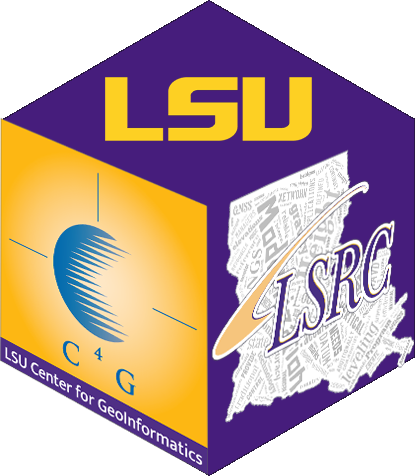HOW DO I CONVERT OLD SURVEYS TO NAVD88?
The most accurate method to accomplish that is to re-observe each and every benchmark used for an old survey of interest. There is absolutely no way to compute it; there are no computer programs that are reliable for such a conversion; old benchmarks must be re-occupied to perform a re-determination of the current elevation of the mark. Many parts of the United States are areas of relatively stable elevations. Everywhere in the State of Louisiana is an area of crustal motion – we subside different amounts in different places and at different times! The speed we subside changes at the same spot, and the speed of subsidence differs from spot to spot. We are unable to predict crustal motion exactly, whether it’s in Louisiana or in Tokyo or in Southern California.
To obtain a current elevation at an arbitrary spot or at a benchmark in Louisiana, the procedure requires the services of a Registered Land Surveyor that uses a geodetic-quality dual-frequency survey-grade GPS receiver with a ground plane antenna & fixed-height tripod. That type of contraption is very different from the GPS receivers one can purchase at a department store or fishing & sporting goods emporium.
When the North American Datum of 1988 (NAVD88) was published for South Louisiana in 1992, some benchmarks that had NGVD29 values were included in the short list of benchmarks that had new NAVD88 elevations. For a few years, a computer program called VERTCON, sometimes used within another program called CORPSCON was used to convert those specific areas from one old datum to the new datum. That relation is no longer possible, since the surface of the Earth has changed so substantially since then due to subsidence. If that software is used for South Louisiana during the 21st century, the answers are guaranteed to be wrong.
